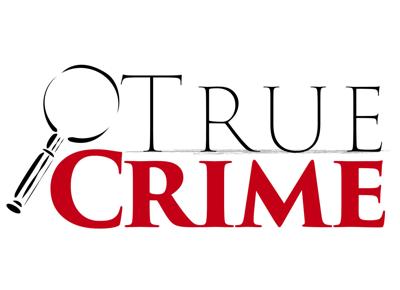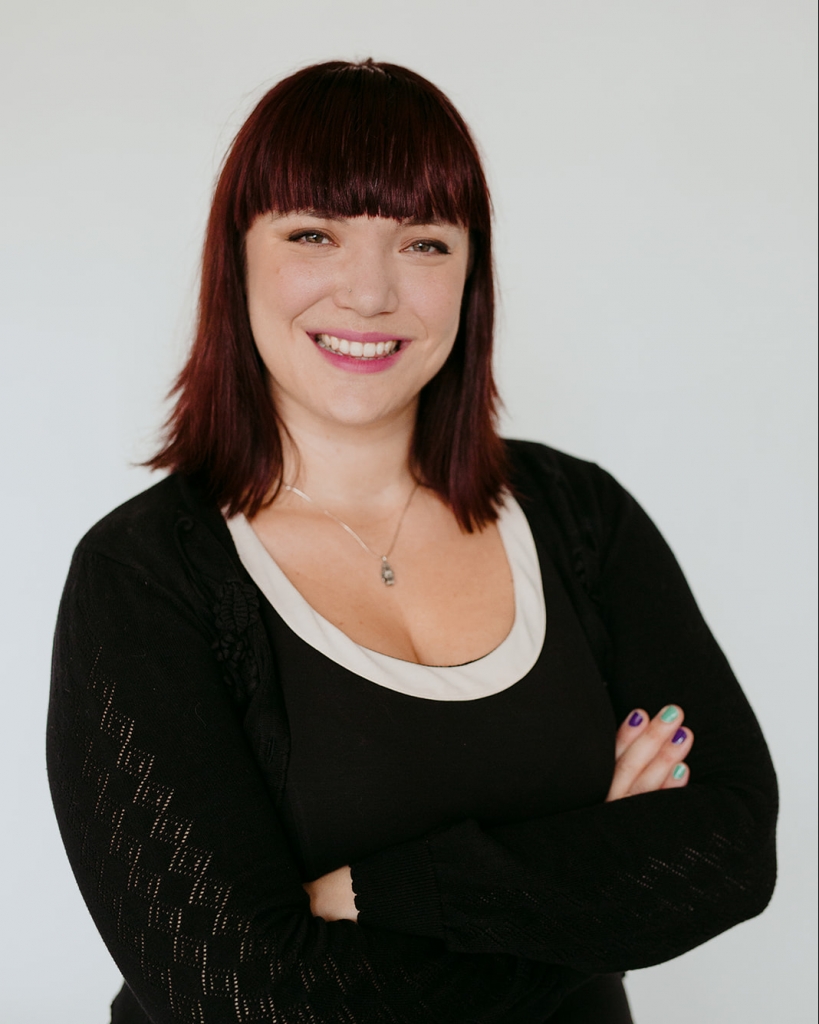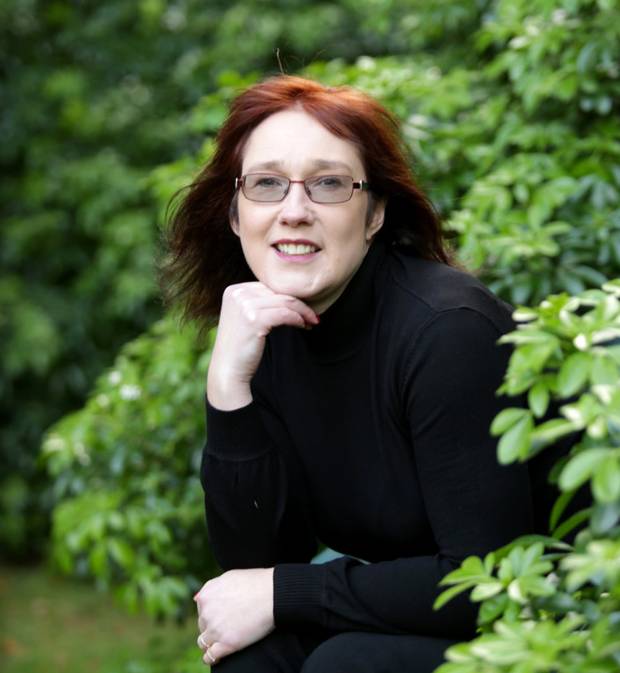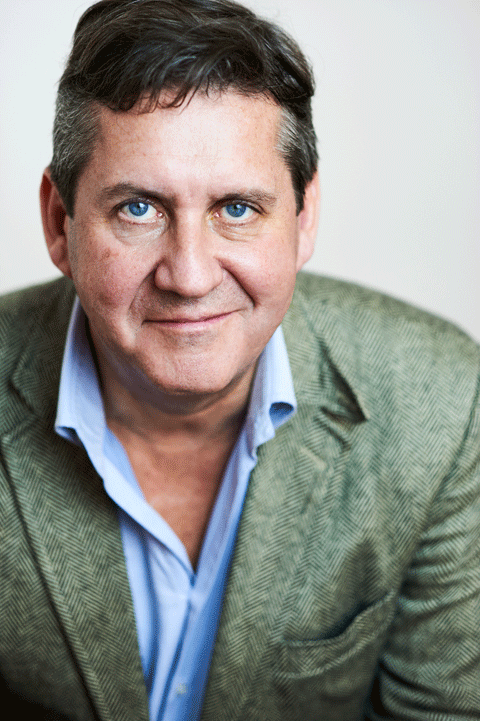Some news…
I’ve got some exciting news.

After twelve years as a publishing author, I’m starting again.
It feels scary and daunting and thrilling and wonderful all at once, and I want to share the journey with all of you, because a lot of you have been with me from the very beginning. It only seems right that you join me for this next leg of the trip.
I’m taking you with me through this blog. Starting today I’ll post something via links on my Instagram, Facebook and Twitter pages once or twice a week, and I’d love any and all feedback you feel like contributing. Along the way I’ll introduce some people who have been instrumental in what is, really, a relaunch and rebrand of what I do. I’ll discuss some of the changes in the world of books and publishing that have made it possible and I’ll take you into the process of my writing and creativity.
The next twelve months are going to be busy and very exciting. Hope you enjoy what’s coming.
The Wednesday’s Child Series
So let’s begin by recapping.
My last non-fiction book, The Boy They Tried to Hide, was published in 2016. It completed an arc in what I think of as The Wednesday’s Child series (in the final scene I reach a kind of peace with my past as a child protection worker, and the story ends with me – battered and bruised both physically and emotionally – disappearing into the crowd in Dublin’s city centre, ready for the next challenge).

I’m really proud of the book. It is, in many ways, much more a mystery thriller than it is a traditional ‘misery memoir’, and the three stories it features illustrate the difference perfectly: in one I assist a colleague by investigating why a former student of hers died during what should have been a short stay in prison; in another a predatory sex offender I was instrumental in having arrested is released from a lengthy custodial sentence and begins taking an unhealthy interest in my life; and in the most celebrated story in this volume I try to help the family of a little boy whose imaginary friend, Thomas, seems to be all too real – could he be in some way linked the local legend of a child who was murdered in the 1980s?
Not the standard ‘child protection’ subject matter at all, is it?
While The Boy They Tried to Hide is written in the same style as all my other books, I was consciously moving away from the tropes of the ‘inspirational memoir’ genre. This was all part of a plan: on a trip to London in the summer of 2014 I’d had a conversation with Andreas Campomar, who was my editor at the time, about broadening my traditional reading base by adding a more ‘crimey’ element, a step I’d been considering for a while anyway.

I now know that Andreas, wise man that he is, was trying to tell me something important about the future of non-fiction publishing. I suppose I wasn’t quite ready to hear it.
And as it happens, though, his approach served us very well. My loyal and enthusiastic readers flocked to the book, and as a result it hung around the Irish non-fiction Top 20 for about six months and charted at Number 13 on the London Times bestseller lists.
But we also reached the new audiences Andreas wanted to find.
The “Thomas” storyline was picked up by National Public Radio in the United States and I told that creepy little tale as part of their 2016 Spooked Halloween show – it was one of the most downloaded podcasts in the history of the programme. As a result of that, the book was optioned for film, and is currently going through the (painfully long) process of development.
And three and a half years after publication, The Boy They Tried to Hide is in the All Time Top 500 True Crime books on Amazon, a VERY crowded marketplace just at the moment with True Crime such a massively popular genre.
And that last point is really important. Because True Crime was to become a big part of my life. I just didn’t know it yet.
True Crime

I had never thought of myself as True Crime writer. When Catherine McMullen, the script writer of the film version of The Boy They Tried to Hide put it to me that this was what that book was, I was surprised, and kind of delighted.
Because it offered a lifeline I’d been searching for.
True Crime is probably the fastest growing genre in publishing and broadcasting. It mirrors crime fiction in that you will find procedural true crime, psychological true crime, domestic noir true crime, medical true crime, journalistic investigations… there’s something for everyone. While about 40% of what’s out there deals with serial killers and murder, there are many creators who are exploring lots of other areas too (seek out The Shrink Next Door and Dirty John if you want to experience some podcasts that focus on crimes other than murder).
Catherine, who is a True Crime junkie, suggested a few books, serials and podcasts that would educate me quickly, and I rushed off to learn about the genre that had embraced my work.

I got hooked fast.
And as I learned about True Crime I took a step back and looked at my own books with fresh eyes, and when I did, I realized that I had been writing about crime all along: the crime of child abuse and neglect, of course, but my books also cover gangs, drug abuse, domestic violence, sexual predators, corruption… I knew, then, that all I needed to make the transition complete was a slight tilt in focus and a rebranding of my product.
And the not insignificant need for a publisher to be prepared to take a punt on my idea.
And, of course, I had a fiction series to finish.
False starts
As my readers and friends (and I tend to see them as the same thing) know, I’ve been devoting my time to writing fiction since 2016. The series I created, featuring the criminologist David Dunnigan and his mismatched group of friends, has been a labour of love, and I’ve really enjoyed developing their world and telling the (often very dark) story of Beth Carlton’s disappearance. The books have been bestsellers and have taken me to places and opened doors that have never been open to me before.

But do you want to know a secret? During the Dunnigan Years, I never stopped working on my non-fiction.
In fact, the next non-fiction book was completed just as The Boy They Tried to Hide hit bookshop shelves. I even shared a possible cover image on social media a couple of years ago, with a working title – that’s how sure I was the book was going to be published really soon.
I was wrong – every time I broached the idea of publishing the book (which I thought was really good, maybe even the best entry in the Wednesday’s Child series), I met with serious resistance.
The book has gone through numerous different titles (The Lost Girl, The Girl in the Picture and Finding Gretel have all been mooted), and it came close to seeing the light of day several times, but I always came up against the same two problems: first off, my publishers were trying to cement my status as a writer of crime fiction. And secondly, market research was telling them that the ‘inspirational memoir’ genre (which they call misery lit when they’re talking about it among themselves) was experiencing a drop in sales across the board.
I argued that, from what I was seeing on social media, there was still an extremely vibrant market, but each publisher (my books are published by four different groups across various territories) wanted to wait for the movie adaptation to come out to capitalise on the publicity it would obviously generate.
In the meantime, I had people contacting me daily asking when the next non-fiction title was coming out (I had, at this point, made some promises that I was not keeping) and to my horror, I had no answers. For a writer already suffering from severe Imposter Syndrome, that is a horrible feeling indeed.
But I didn’t have much time to dwell on it, as there were a lot of other dramatic things going on which demanded my immediate attention.
Of Pitches and Agents
The most stressful of these events was the fact that I had to move to a new literary agency.
It is difficult for someone who is not a writer to understand just how huge a deal changing your agent is. To put it as simply as possible, a literary agent acts as a conduit between the writer and the larger world of publishing. They must be deeply passionate about your work. It is essential they understand and appreciate it, as it is their job to find the right publisher and (ideally) attract the interest of television and movie producers.
So they are a crucial part of most writer’s working lives.
Without putting too fine a point on it, I made a couple of missteps along the way to finding new agency representation.
I’d been with the Jonathan Williams Agency since 2007, but Jonathan, whom I adore, is in the process of retiring, so I needed to find a new home for my work. Finding someone who understood the different aspects of what I do and how I do it, however, proved more challenging than I expected, and I had a rollercoaster couple of years, involving some very upsetting false starts.
Finally, out of desperation, I called a friend for help.
Vanessa Fox O’Loughlin is a powerhouse in the world of Irish writing. She founded and manages the Inkwell Group, a literary consultancy service, and runs the Murder One Crime Writing Festival. Add to this the fact that, under the pen-name Sam Blake, she writes sharp and gutsy crime novels, and you have a very talented lady.

One who also happens to be Ireland’s leading literary talent scout.
I cannot express the feeling of deep relief and gratitude when Vanessa introduced me to Ivan Mulcahy, a founder of MMB Creative, one of London’s larger agencies.
Working in child protection for as long as I have has taught me to trust my gut, and seconds into our first telephone conversation, I knew this man and I would be a good team.

Ivan is warm, funny, self-effacing and massively enthusiastic. He has a deep and abiding love of books, and he knows the publishing (and media) industries inside out.
But most importantly, he listens.
We sat down to talk for the first time one morning in early March of this year, just ahead of the London Book Fair. I outlined to him what I needed from an agent, and the things that I felt had been missing from how my writing had been managed up to that point.
I had some ideas about where I believed the world of publishing was going, and how a writer like me (I have come to accept that I am a genre writer, and am damned if I’m going to apologise for it any more) should be marketed within that world. This meant taking advantage of all available platforms (ebooks, audiobooks, podcasts as well as traditional print), and making sure my work has a visible presence in each of them.
And it meant that True Crime would be a central selling point going forward.
By 11 o’clock that day we had put together a plan that would relaunch my career, both in terms of my non-fiction and my fiction (more of which in a later blog post).
There followed a furious couple of weeks, in which, under Ivan’s scrutiny, I put together a pitch for a new non-fiction series, one that would combine all of the things my readers loved in my child protection books with all of the exciting stuff that is happening in the True Crime genre. Ivan put out some feelers, and by the second day of the Book Fair, we had a number of pretty high profile parties who were very interested.
So began a couple of months of negotiations, the details of which I will not bore you with. Suffice it to say that I am writing this as I travel back from London having met with my new publishers. We talked for more than three hours about every aspect of the new series, we set dates and deadlines, made plans and discussed promotion.
And I came away knowing that I had found my new home. These are the people I need to be working with right now. The honesty, enthusiasm and sense of shared creativity were simply a joy.
And the next few months is going to be a challenge to us all as we bring this new project to fruition.
My promise to you…
To finish, let me promise you this:
- The news series will have everything you loved about my previous non-fiction books: great characters, snappy dialogue, and stories about people in real situations
- Each book will focus on several different stories that intertwine and cross over, revealing worlds the exist on the peripheries of the towns and cities we think we know
- These books will be written in just the same way as the previous books: short chapters, pacy plots and direct language
- We will be publishing across all available media, so all readers will be catered for
That’s as much as I want to say for now – keep watching out for more news! And thanks, as always, for reading.
So interesting Shane, thanks so much for keeping me in the picture. I’m trying to wait patiently for your next book 😄👍
LikeLike
All good things come to those who wait, Dawn! 😉
LikeLike
It is wonderful to read of your success and thrilled to hear you will be sharing new books with us. So looking forward to getting my hands on them.
LikeLike
I really appreciate that, Mary. And it always means a lot when fellow authors are so supportive. Many thanks.
LikeLike
Thannk you for writing this
LikeLike
Thanks so much Mara. I really appreciate your taking the time to read it.
LikeLike
Hi, is the book still being made into a film or not?
Thanks,
Eric
LikeLike